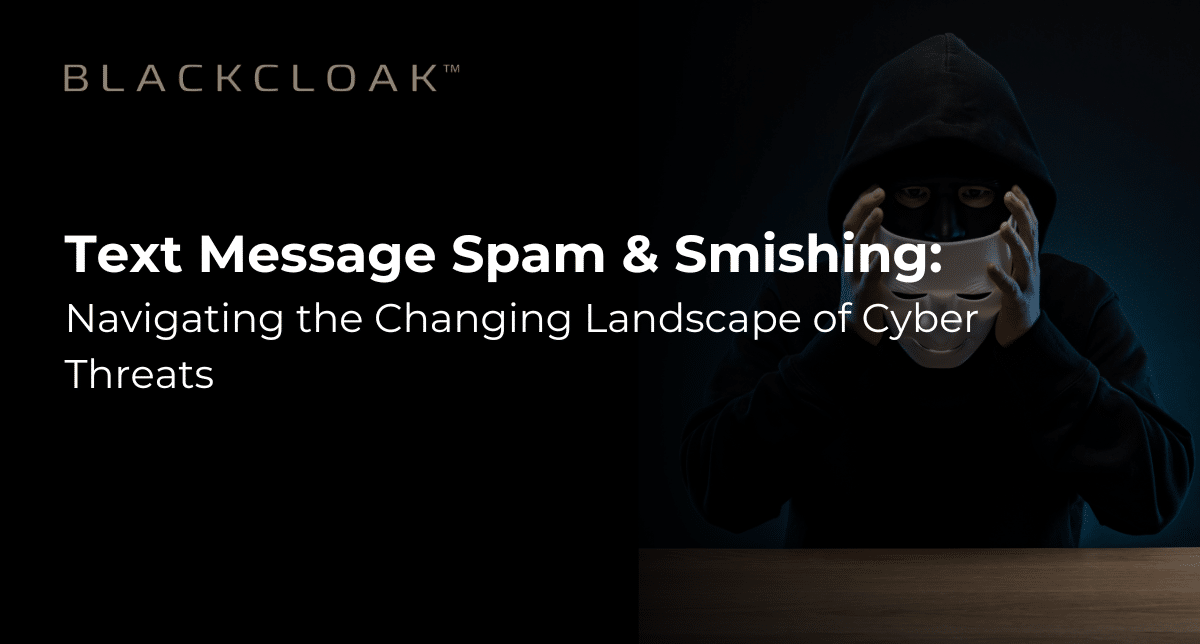Text Message Spam & Smishing: Navigating the Changing Landscape of Cyber Threats

In our rapidly evolving digital era, cyber threats are as constant as change itself. It’s a dynamic landscape that requires us to stay aware and vigilant, and adapt our defenses to counter new and emerging threats. One such menace gaining prominence is smishing, a cyber tactic employed by nefarious actors to compromise our privacy and security.
Understanding Smishing
Smishing, a portmanteau of SMS and phishing, is when cyber criminals send fake messages to their intended victims. The goal is often to deceive the recipient into clicking a link, calling a number, or divulging sensitive information, using a veil of authenticity to disguise their malicious intent.
Smishing messages often masquerade as communications from a trusted entity—a popular brand, a government agency, or even your own phone number—to trick you into believing the message is genuine. The message typically includes a sense of urgency: for instance, warning that your account may be shut down unless you take immediate action.
Combatting Smishing: Tips to Be Mindful Of
Dealing with smishing can seem daunting, but there are practical measures you can take to protect yourself.
- Be wary of unknown numbers and senders: If you receive a text message from an unfamiliar number or person, be cautious. Avoid clicking on any embedded links or dialing numbers included in the message.
- Avoid calling back: If a message instructs you to call a specific number, resist the urge. Scammers often use this technique to further their deceit.
- Delete suspicious messages: The best course of action upon receiving a suspected smishing message is to delete it. This ensures you won’t inadvertently click on harmful links later.
- Use your phone’s spam features: Modern smartphones have built-in features that allow you to block spam messages or specific numbers. Make sure to take full advantage of these capabilities.
- Check with your wireless provider: Different wireless providers offer varying levels of SMS blocking capabilities. It’s a good idea to get in touch with your provider and understand what additional measures they can provide to help you safeguard against smishing.
- Report spam messages: Lastly, if you receive a spam message, you can forward it to 7726 (SPAM). This sends the information to your carrier and helps them track and block future spam. Alternatively, you can use your phone’s built-in spam reporting features, if available.
Cyber threats like smishing are a reality of our digital age, but that doesn’t mean we are helpless against them. By staying vigilant and practicing good cyber hygiene, we can significantly reduce the risk these threats pose to our privacy and security. At BlackCloak, we are committed to helping individuals navigate these complexities, providing expertise to maintain your cyber peace of mind. Remember, your first line of defense against any cyber threat is you.








